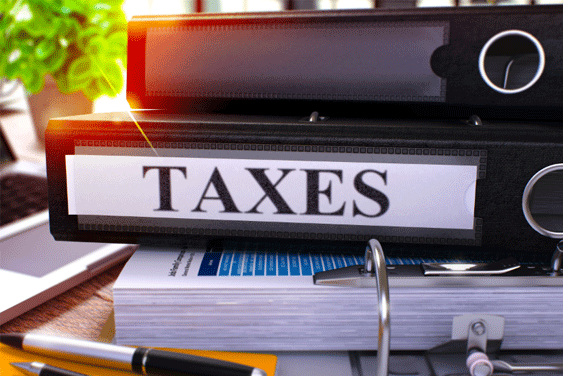State Spending Hits Record High

In fiscal year 2018, the fifty US states collectively spent over $2 trillion, which is the first time that level has been reached. This is according to the latest State Expenditure Report from the National Association of State Budget Officers (NASBO). The spending was fueled in part by a boost in tax revenue triggered by changes to the federal tax code. Additionally, federal funding to the states grew by almost 6 percent.
The aforementioned revenue boost seen by the states could largely be an isolated event resulting from changes to the federal tax code, which prompted domestic companies to take advantage of incentives to bring off-shore profits back into the United States before the end of the 2017 calendar year. Another change to the federal tax laws boosted state tax revenue further; as a result of a lower federal income tax rate for high-income earners, those taxpayers ended up having to declare more income, and thus pay more taxes, on their state tax returns. A good economy has also played a part in the increased revenues that states have seen. It should be clearer after spring 2019 how much of the revenue lift was a one-time fluke resulting from the changing federal tax rules, and how much of the increase was due to more persistent factors.
Interestingly, although spending reached a record high, the rate of spending growth in FY 2017 and 2018 was actually below the historical 32-year average of the NASBO report. All eight geographic regions as defined by the NASBO report had increased spending growth. The fastest growth occurred in the Far West and the Southeast.
While it is widely agreed that a significant portion of the record spending was probably due to one-time events related to tweaks of the federal tax system, it will be interesting to see in the upcoming months exactly to what extent that is the case. All of this serves as yet another reminder about how much of an impact federal fiscal policy can have on state and local budgets.
About the Author: Eric Johannes








